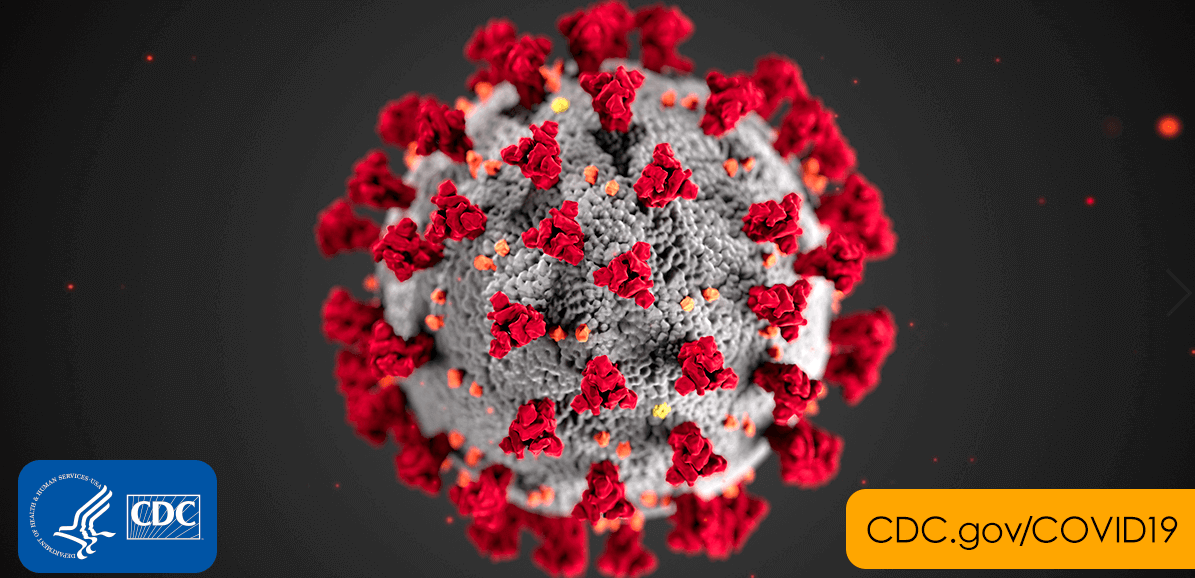As one of the most essential yet strained segments of healthcare, the direct care workforce is not […]
A new coronavirus—Coronavirus Disease 2019 (COVID-19)—was detected in late 2019 in Wuhan, China. As of early March, it has caused 14 deaths in the United States. As the number of cases rise, there is a growing concern over its spread to older populations. Here's what you need to know about the new coronavirus and how you and your caregivers can stay safe.
What are Coronaviruses?
Coronaviruses are not new. In fact, the common cold is a type of coronavirus. Some coronaviruses, like SARS and MERS, can cause serious illnesses. Rarely, animal coronaviruses can mutate and infect people and then may spread between people. The new coronavirus is a mutated virus that somehow transmitted from an animal (thought to be a snake) to a human, and continued to replicate to other humans afterwards.
What are the Symptoms?
Symptoms of COVID-19 may appear 2-14 days after the person has been exposed to the virus, and include:
- Fever
- Cough
- Shortness of breath
- In severe cases, pneumonia
How does it spread?
COVID-19 is spread through droplets from coughs and sneezes of an infected person to another person.
There have been tens of thousands of cases of COVID-19 in China. The virus has been spreading person-to-person in that country. In other countries, including the US, cases of COVID-19 have been reported, mostly associated with travel from Wuhan, China. The Centres for Disease Control (CDC) has issued a Travel health Alert for all United States residents, recommending no non-essential travel to countries with a Level 3 alert (currently China, South Koriea, Iran and Italy). People who have visited those countries as well as travelers from Level 2 alert countries (currently Japan) are instructed to self-quarantine (stay home) for 14 days after returning to the US. However, there is some indication that person-to-person transmission is happening (that is, not just transmission from people who have visited Wuhan) outside of China as well.
People with COVID-19 are treated either in the hospital or at home depending on how sick they are.
How can I prevent spread of the infection?
Infections are often spread through the hands. Make sure your caregivers are educated on and are practicing proper infection control techniques. Here is a video demonstrating infection control procedures.
In order to minimize disruption due to panic over COVID-19, you can also provide free online training for your caregivers to reduce the need to bring groups of caregivers into the office.
Is there a vaccine?
There is currently no vaccine to protect against COVID-19, and there is unlikely to be one for at least 18 months. The best way to prevent infection is to avoid being exposed to the virus that causes COVID-19.
Is there a treatment?
There is no specific treatment for the virus COVID-19. People with the infection would be treated to manage their symptoms; for example, if they are having trouble breathing, they would be given oxygen.
Should I wear a mask?
Wearing a regular mask will not prevent you from getting COVID-19. These masks will only help prevent you from spreading it to others by acting as a physical barrier to your droplets if you cough or sneeze. The specific type of masks that may help prevent transmission of the virus (N-95) need to be fitted in order to work properly. These masks should be saved for health professionals to use if they are taking care of patients with COVID-19, usually in a hospital setting.
Can people with COVID-19 be cared for in the home care setting?
Considerations for care at home include whether:
- The patient is stable enough to receive care at home
- Appropriate caregivers and/or home care workers are available
- There is a separate bedroom where the patient can recover without sharing immediate space with others
- Access to food and other necessities are available
- The patient, other household members and home care workers have access to appropriate, recommended personal protective equipment (at a minimum, gloves and face masks) and are capable of adhering to precautions recommended as part of home care or isolation (e.g., respiratory hygiene and cough etiquette, hand hygiene).
- There are household members who may be at increased risk of complications from 2019-nCoV infection (.e.g., people over 65 years old, young children, pregnant women, people who are immunocompromised or who have chronic heart, lung, or kidney conditions).
If someone in the household has been quarantined at home, all close contacts - including household members, intimate partners, and family caregivers/home care workers - should monitor their own health and call their healthcare provider if they develop symptoms suggestive of COVID-19 (e.g., fever, cough, shortness of breath).
The CDC has provided a list of recommendations for how to best care for someone at home which can be found on the CDC website. Information on COVID-19 is rapidly evolving. Please check back regularly for the latest updated guidance and information.
Sources:
"Preventing the Spread of Coronavirus Disease 2019 in Homes and Residential Communities." CDC,14 Feb. 2020, https://www.cdc.gov/coronavirus/2019-ncov/hcp/guidance-prevent-spread.html.






